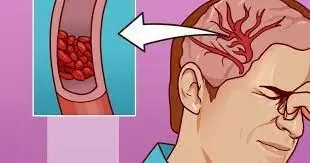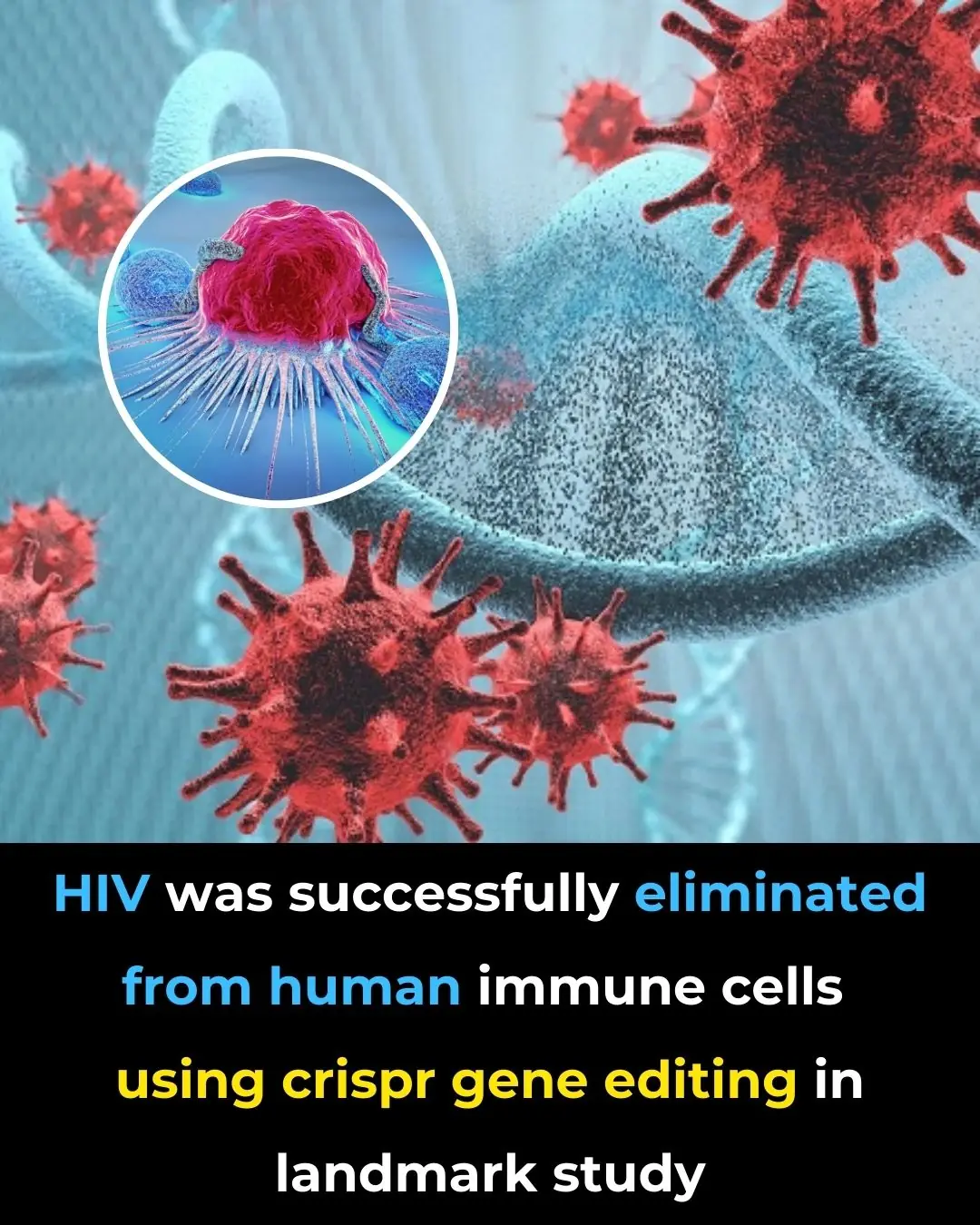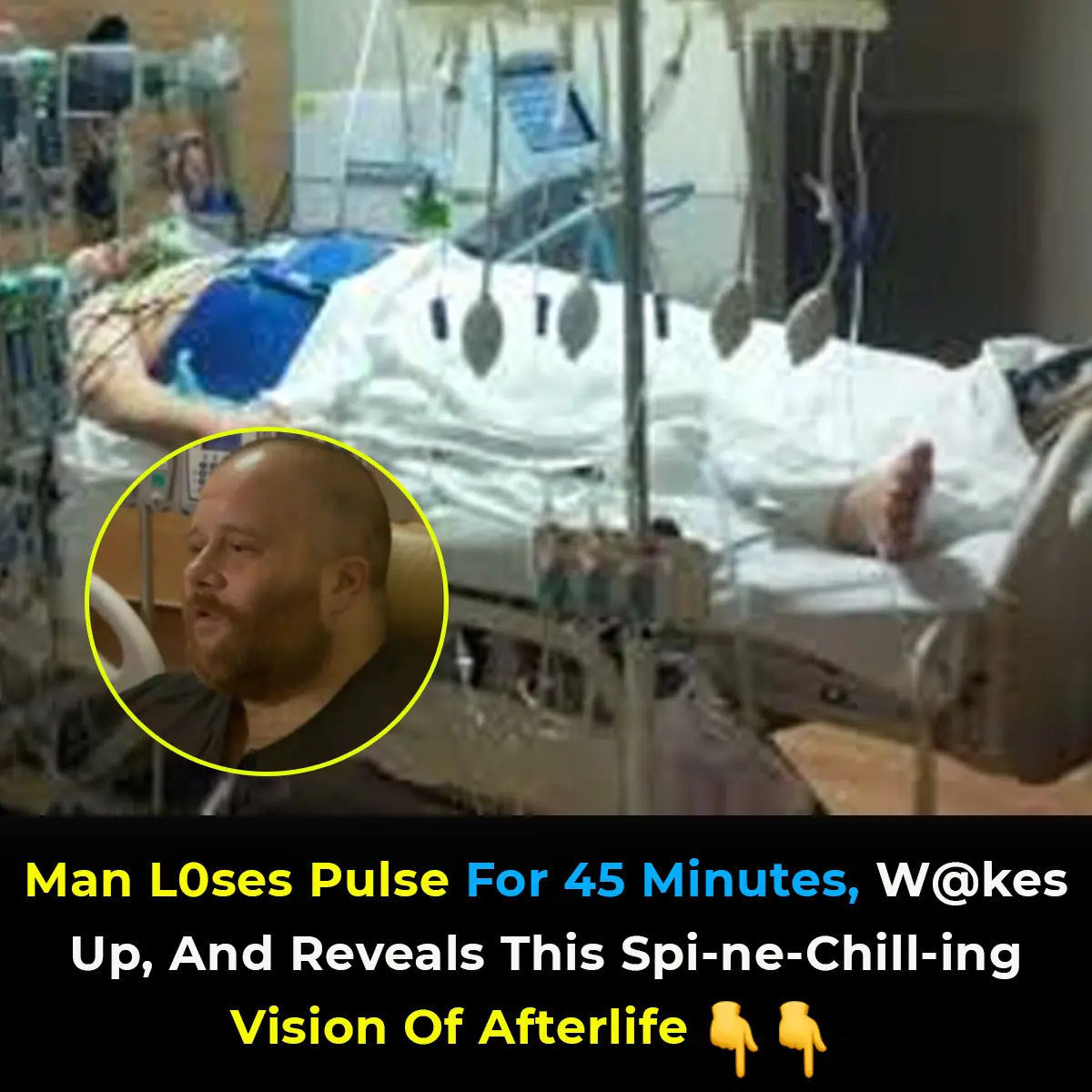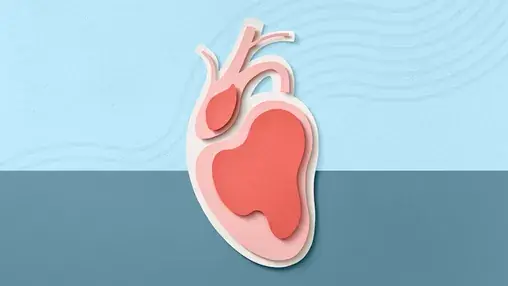
6 Types of Pain You Shouldn’t Ignore
🚨 6 Types of Pain You Shouldn’t Ignore — And What They Might Mean
Pain is a universal experience, but not all pain is created equal. While some discomforts are fleeting and harmless, others may be signs of serious health conditions that require urgent medical attention. Understanding the difference can help you act quickly, avoid complications, and potentially save your life.
🫀 1. Chest Pain: A Possible Heart Attack
Chest pain is one of the most alarming symptoms—and for good reason. If it feels like pressure, squeezing, or tightness, or radiates to your back, neck, jaw, or arms, it could be a heart attack.
Seek immediate help if you also experience:
-
Shortness of breath
-
Sweating
-
Nausea or dizziness
-
Pain lasting longer than 2 minutes
Not all chest pain is cardiac-related. If it’s brief, localized, or changes with position, it may be musculoskeletal. Still, any new or unexplained chest pain should be evaluated by a doctor.
🩻 2. Abdominal Pain: Could Be Appendicitis or Worse
Mild abdominal pain from indigestion is common. But if the pain is sudden, severe, and accompanied by fever, vomiting, or bloody stools, it could indicate:
-
Appendicitis
-
Gallbladder disease
-
Pancreatitis
-
Aortic aneurysm
-
Intestinal blockage
If you’re writhing in pain and unable to sit still, don’t wait—go to the ER.
🚽 3. Painful Urination: UTI or Kidney Stones?
Pain while urinating is often caused by:
-
Urinary tract infections (UTIs)
-
Bladder inflammation
-
Sexually transmitted infections (STIs)
But if you also have flank pain, blood in your urine, fever, or vomiting, it could be kidney stones—a condition that requires prompt medical care.
🧠 4. Severe Headaches: Stroke or Aneurysm Warning
Headaches are common, but certain red flags demand immediate attention:
-
Sudden onset of the worst headache of your life
-
Confusion or difficulty speaking
-
Blurred vision or weakness
-
Stiff neck
These symptoms may signal a stroke, ruptured aneurysm, or even a brain tumor. Persistent or worsening headaches should also be discussed with your doctor.
🦵 5. Leg Pain: Could Be a Blood Clot
Leg pain from cramps or strain is usually harmless. But if it’s sharp, localized, and accompanied by swelling, redness, or warmth, it may be a deep vein thrombosis (DVT).
Seek help if you also notice:
-
Fever
-
Cold or pale skin
-
Difficulty breathing
-
Pain that doesn’t improve with rest
Blood clots can travel to the lungs and cause a life-threatening pulmonary embolism.
🦴 6. Back Pain: When It’s More Than Just a Strain
Most back pain is due to poor posture or muscle strain. But if it’s new and comes with:
-
Weakness or numbness
-
Bowel or bladder changes
-
Fever or unexplained weight loss
…it could be a sign of nerve damage, kidney stones, or even spinal infection. Pain lasting more than six weeks or worsening over time should be evaluated.
🩺 Why Prompt Medical Attention Matters
Pain is the most common reason people seek medical care in the U.S., yet it’s also highly subjective. What feels tolerable to one person may be unbearable to another. That’s why it’s essential to recognize when pain is a warning sign—not just a nuisance.
Having a trusted primary care physician can help you navigate these decisions. They know your history and can guide you on whether to wait, seek specialist care, or head to the ER.
✅ The Takeaway
If you’re experiencing new, unexplained, or severe pain—especially in your chest, abdomen, head, or legs—don’t ignore it. Listen to your body, trust your instincts, and seek medical advice. It’s better to be cautious than to miss a critical diagnosis.
News in the same category


Clear Throat Mucus Fast With These Tried-and-Tested Remedies They Don’t Want You to Know

9 Warning Signs of Magnesium Deficiency You Shouldn't Ignore

Poor Postcancer Surgery Outcomes Tied to 3 Factors

Teamwork Boosts Primary Care Doc Job Satisfaction, Cuts Stress

HIV Was Successfully Eliminated from Human Immune Cells Using CRISPR Gene Editing in Landmark Study

Scientists Discover An “Off Switch” For Cholesterol—And It Could Save Millions Of Lives

How to Treat Urinary Tract Infection (UTI) Naturally According to Science

4 Common Causes of Body Pain on the Right Side

12 Subtle Vitamin D Deficiency Symptoms That Most People Ignore

What Your Heart Experiences When You Drink Energy Drinks

How to Eat Right for Your Blood Type

When to Worry About Veins That Appear Out of Nowhere

This is what sleeping on the left side does for our brain, stomach & glymphatic health
Sleeping position might be the last thing you think about before bed, but it can have a powerful impact on your health. Experts say that lying on your left side could improve digestion, support brain detox, ease back pain, and even enhance circulation.

Mother Rushes To Emergency Room To Deliver Triplets: Then Nurses Look Closer At Their Faces And Freeze

The First Ever Albino Twins Born In Argentina Will Leave You In Awe

Doctor Reveals: MRI Scan Of The Face Of A 33-Year-Old Woman Reveals Where All Of Her Filler Went

Man Loses Pulse For 45 Minutes, Wakes Up, And Reveals This Spine-Chilling Vision Of Afterlife

Your Heart May Be Older Than You Are
News Post

Get Rid of Throat Mucus Faster With These Home Treatments (Evidence Based)

Clear Throat Mucus Fast With These Tried-and-Tested Remedies They Don’t Want You to Know

9 Warning Signs of Magnesium Deficiency You Shouldn't Ignore

Poor Postcancer Surgery Outcomes Tied to 3 Factors

Teamwork Boosts Primary Care Doc Job Satisfaction, Cuts Stress

HIV Was Successfully Eliminated from Human Immune Cells Using CRISPR Gene Editing in Landmark Study

Scientists Discover An “Off Switch” For Cholesterol—And It Could Save Millions Of Lives

How to Treat Urinary Tract Infection (UTI) Naturally According to Science

4 Common Causes of Body Pain on the Right Side

The Truth About Eating the Black Vein in Shrimp Tails

12 Subtle Vitamin D Deficiency Symptoms That Most People Ignore

What Your Heart Experiences When You Drink Energy Drinks

How to Eat Right for Your Blood Type

Eyes Full of Hope, Heart Full of Trust.

When to Worry About Veins That Appear Out of Nowhere

This is what sleeping on the left side does for our brain, stomach & glymphatic health
Sleeping position might be the last thing you think about before bed, but it can have a powerful impact on your health. Experts say that lying on your left side could improve digestion, support brain detox, ease back pain, and even enhance circulation.

I Haven’t Seen My Daughter in 13 Years — Then a Letter Arrived from a Grandson I Never Knew

This is why you should keep the bathroom light on when sleeping in a hotel
Leaving your hotel bathroom light on at night might seem unnecessary, but it could be a small habit that makes a big difference for your comfort and safety. From preventing nighttime accidents to deterring intruders, experts say this simple tip can protec

Wife Left Husband to Raise Their Baby Alone — 20 Years Later, She Reached Out to Their Daughter
